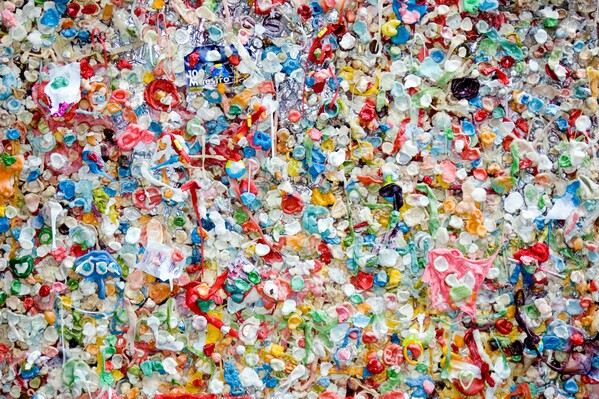Lockdown and Microplastics: when the campus Turns into an Open-Air Laboratory

The study of microplastic pollution in the environment has become a major research topic since 2004, but contamination of the atmospheric compartment and atmospheric deposition was first highlighted in the Paris region in 2015.
To date, although the factors influencing atmospheric deposition of pollutants are well understood, experimental data are still lacking to support the modeling of microplastic atmospheric dynamics.
Two categories of factors are suspected of influencing microplastic deposition rates: weather conditions and local site characteristics. While the scientific literature often points to these influences, few studies have so far considered weather variations in atmospheric deposition collection.
"The concentration of fine particles dropped dramatically during the first lockdown, recording an 80% decrease. It was a unique opportunity to better understand the behavior of microplastics in our atmosphere," notes Johnny Gasperi, Research Director at the Water and Environment Laboratory of Gustave Eiffel University.
The study uses a recently developed quantification methodology to provide unprecedented comparative data on atmospheric microplastic deposition at an urban site during a normal period of activity and a period of national lockdown. The goal is to take advantage of the temporary reduction in major microplastic emissions due to this period of greatly reduced urban activity to:
Obtain empirical data on the immediate impact of human activities on atmospheric microplastics;
Contribute to future modeling studies by producing atmospheric microplastic deposition data at an urban site already studied;
Document the relative importance of precipitation and emission sources on atmospheric microplastic deposition.
Total atmospheric depositions were collected on the campus of Gustave Eiffel University in Champs-sur-Marne, 15 km east of Paris, surrounded by a population density of approximately 3,500 inhabitants/km2 within a radius of 5 km. The sampler was positioned at a height of about 10 meters above ground level, on the flat part of a vegetated roof of a campus building.
"The experiments conducted during the lockdown reveal rates up to 6 times lower than in the post-COVID period. This highlights the presence of a significant number of particles in the atmosphere. The question then arises: where do the persistent ones come from?"
Several potential sources of microplastics were identified around the sampling site, including transportation infrastructure, construction works, and the daily presence of students and workers on the campus.
In total, 1498 microplastics were identified during the two monitoring campaigns conducted in 2020 and 2021.
These results contribute, on a global scale, to enlighten the understanding of the complex dynamics of atmospheric microplastics, while emphasizing the importance of human activity and meteorological conditions in this phenomenon.
Références :
Link to the article: COVID Lockdown significantly impacted microplastic bulk atmospheric deposition rates
Co-authors :
- Max Beaurepaire, Leesu (Laboratoire Eau, Environnement et Systèmes Urbains), École des Ponts ParisTech
- Bruno Tassin, Leesu (Laboratoire Eau, Environnement et Systèmes Urbains), École des Ponts ParisTech
- Rachid Dris, Leesu (Laboratoire Eau, Environnement et Systèmes Urbains), Université Paris-Est Créteil
- Johnny Gasperi, LEE (Laboratoire Eau et Environnement), Université Gustave Eiffel